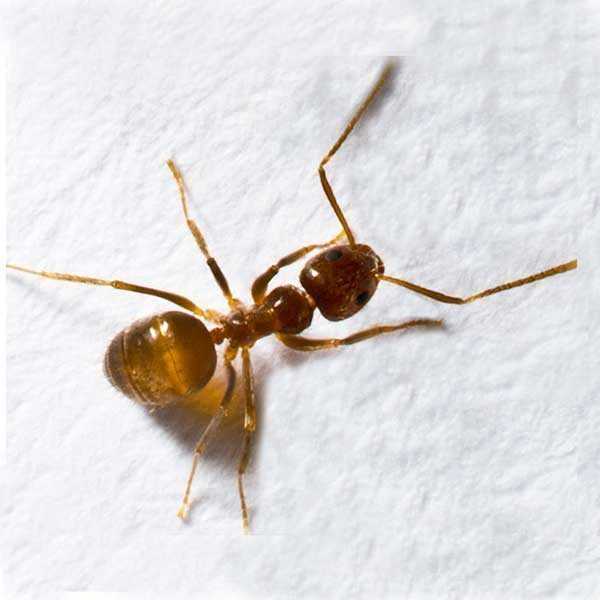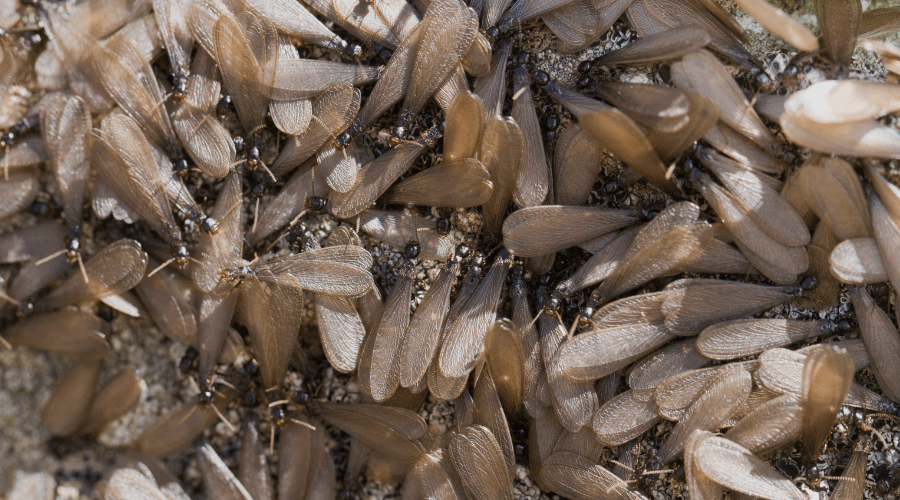Crazy Ants
"*" indicates required fields
Crazy Ants
Treatments for this pest are included in these services:
The Rasberry Crazy Ant, also known as the Tawny Crazy Ant (Nylanderia fulva) are a relatively new invasive species in the United States. Native to South America, the Rasberry Crazy Ant was so named after Texas exterminator Tom Rasberry reported that their numbers were increasing dramatically in 2002. They have since been officially named the Tawny Crazy Ant for their light brown coloration. Rasberry Crazy Ants are generally 3 mm long and are notable for their quick and erratic manner of movement. Another hallmark of the species is their attraction to electrical equipment.
Crazy Ant Habits
Rasberry Crazy Ants spread rapidly, displacing even the invasive Fire Ant. Nests consist of multiple queens and mega colonies–interconnected nests–are common. Nests can be built almost anywhere near moisture where a void is located. Rasberry Crazy Ant nests in potted plants, stumps, and in piles of debris have all been reported. Their diet is omnivorous, though they have a preference for sugary substances and have been seen tending aphids in exchange for honeydew. Dead animals and small live animals that are overcome by numbers are also a source for protein.
Threats Posed by Rasberry Crazy Ants
Rasberry Crazy Ants are a strongly invasive species. Their large swarms displace native species and their foraging behavior leads them into human habitations. Once inside, in addition to scavenging for food Rasberry Crazy Ants find themselves drawn to electrical equipment and are known to chew through insulation and cause electrical shorts.
Rasberry Crazy ant Prevention
Rasberry Crazy Ants are best prevented by eliminating food sources indoors and by sealing cracks by which they can enter a dwelling. If a colony is noticed outdoors it should be eliminated as quickly as possible, since Rasberry Crazy Ants are capable of spreading rapidly.



